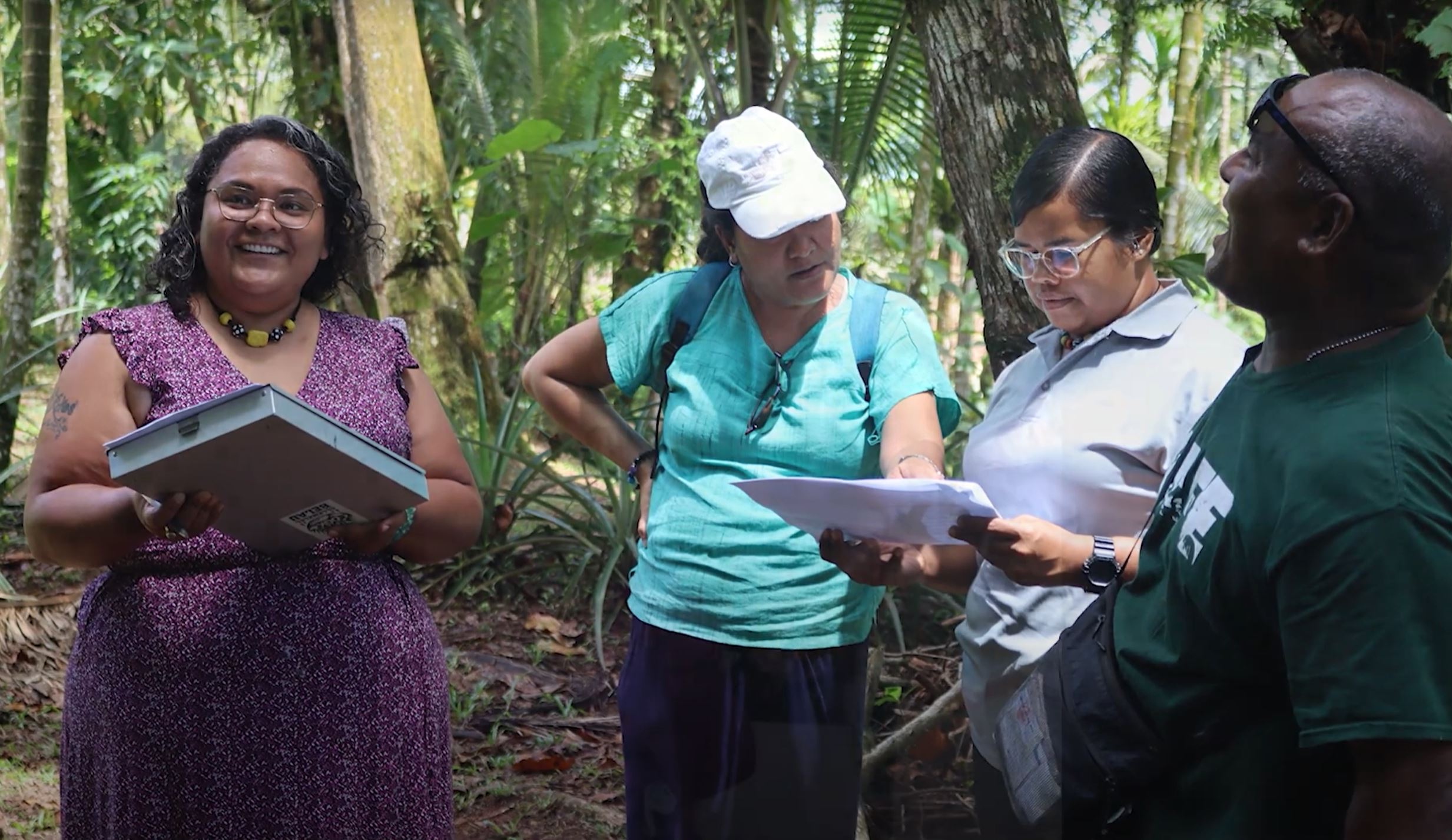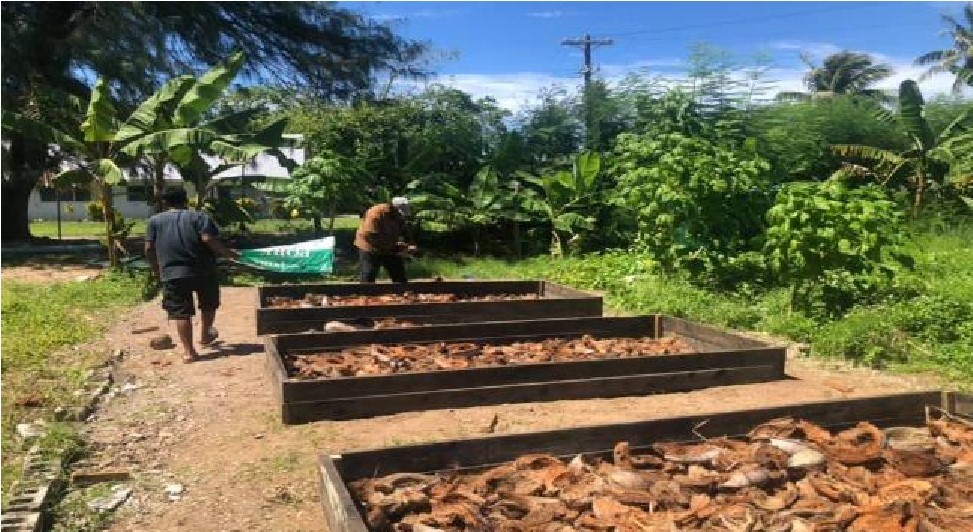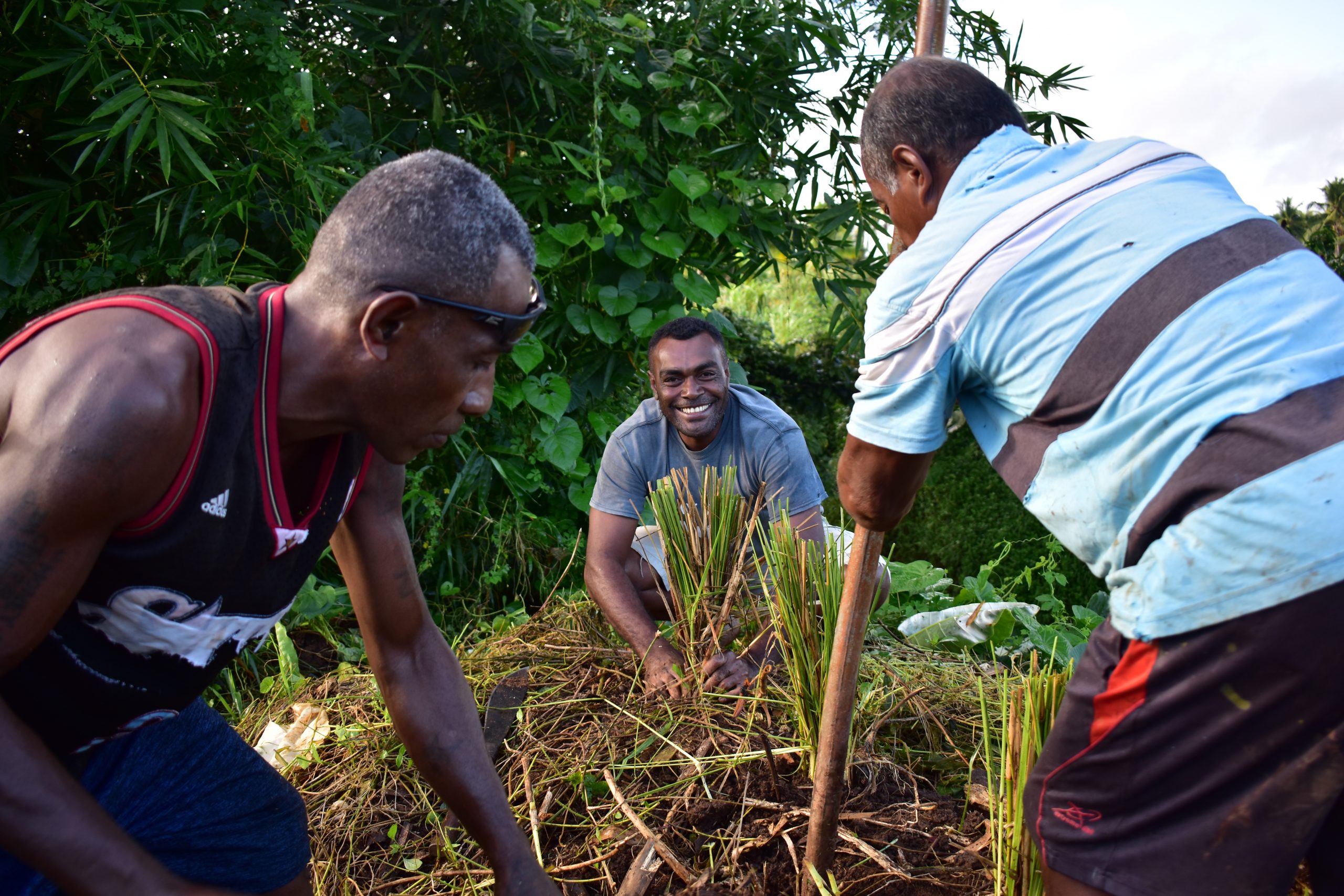Learning from the past to impact the future series: Tonga
Determining the impacts of climate change adaptation measures requires a comprehensive approach. The sounder the information about the impacts of adaptation measures, the better it is for planning future adaptation activities.
Tonga is the first of four trial countries that cooperated with the field testing of an impacts analysis methodology as part of the European Union funded Global Climate Change Alliance Plus – Scaling Up Pacific Adaptation (GCCA+ SUPA) project.
The Tonga engagement began with profiling the recent history of adaptation work from various climate change adaptation projects focussing on coastal protection. Since 2013, coastal protection has been a predominant adaptation action along the Tongatapu coastline. Records show that 10% of the island’s population live adjacent to the coastal protection measures implemented in the last 6 to 10-years (and covering 11.6% of the coastline). Over this period, 736 families benefited from an array of adaptation actions, awareness raising, capacity building and community outreach.
Four types of structural interventions were built along the east and western coastlines of Tongatapu. These consist of 20 semi-permeable groynes in front of the villages of Talafo’ou and Makaunga, 10 detached breakwaters east of Manuka village, a rock revetment at Navutoka village, and a rock barrier at Ahau village. Ahau on the western Tongatapu coastline and Talafo’ou to Makaunga on the eastern Tongatapu coastline were selected as the focal sites for the field testing of the impact assessment tools.
The preliminary data collected using a survey of 109 households in October 2021 and focus group sessions with 28 individuals in November 2021 provide a baseline for future surveys to further evaluate impacts.
In his reflection, Fuka Kitekei’aho, the national consultant on the field trial said that “empowering local communities in their commitment to their local development is the backbone of building resilience”.
The results from analysing the efficiency of the structural coastal protections measures in the selected coastal communities, suggest medium positive impact.
The results from the social and behavioural change analysis showed that most participants considered the infrastructure had helped protect the coastline although there was a desire to further strengthen the infrastructure.
In March 2022, the four countries which participated in the field testing met virtually to discuss and reflect on the findings of the impact assessments.
The Secretariat of the Pacific Regional Environment Programme (SPREP) which leads the impact assessment activities for the GCCA+ SUPA project will continue to work with partners in-countries and discuss next steps on how to showcase results of impact analysis method and its application to inform pipeline adaptation planning. The results will be shared with all ten countries involved in the GCCA+ SUPA project in 2022-2023 with a view to inform and guide the sustainability of future climate change adaptation interventions in the Pacific Island countries.
The GCCA+ SUPA project, funded by the European Union is delivered collaboratively by SPREP, Pacific Community (SPC) and the University of the South Pacific (USP) with the aim to enhance climate change adaptation and resilience within the Pacific region.
- Posted by
- Zhiyad Khan
Share




